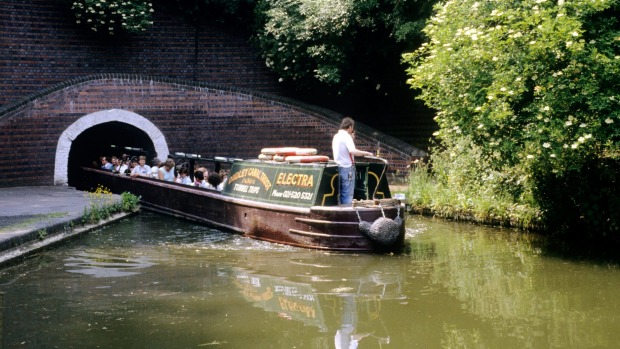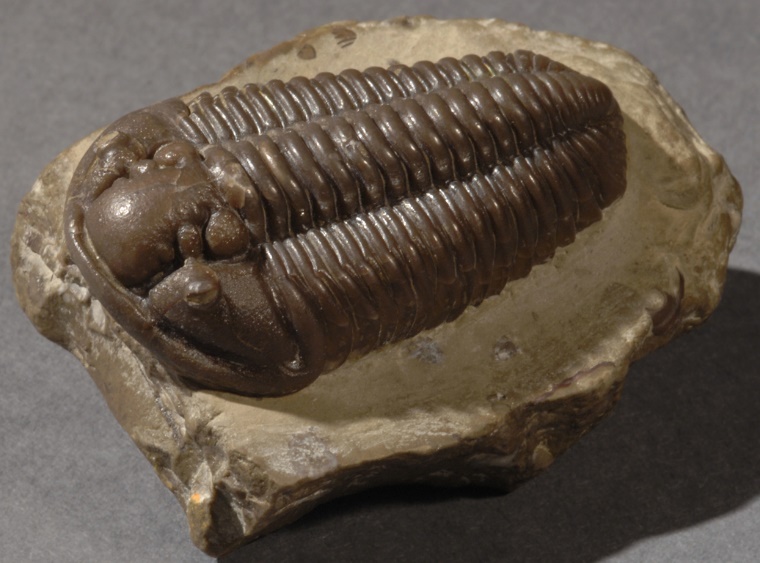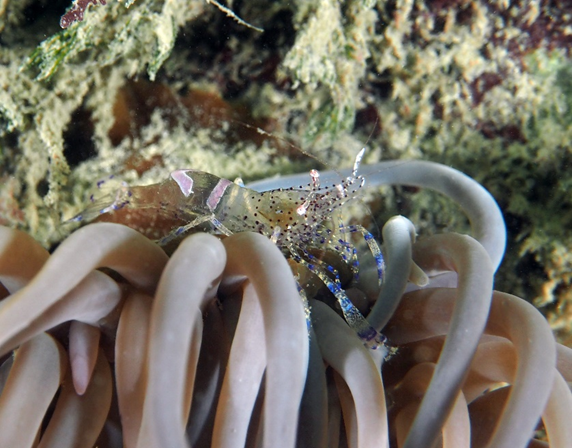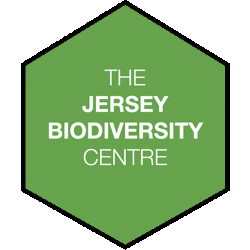MARINE DATA COLLECTING – getting the bug
MARINE DATA COLLECTING – getting the bug
Written by Kevin McIlwee December 2020
It is a great honour to be asked to join the Jersey Biodiversity Centre Committee and to be given the opportunity to introduce members and supporters to our island’s amazing marine environment. This article provides a bit of background on the importance of marine species data.
Showing my age as a youngster, I collected cards that came in Typhoo tea boxes. There were all sorts of sets on birds, butterflies, and even freshwater fish. Thinking back although there was a great set on battleships, not surprisingly now, marine species did not feature.
I would stick the cards into albums making up a simple data collection. On the back of each card was information on the species or object, that was thankfully replicated in the album and so began my fascination with gathering information about things.
Holidays were always spent at the seaside and I loved examining anything that was foolish enough to get caught in my fishing net. My tin bucket would be full of crabs plus the occasional prawn or starfish. Of course, they all went back in the water as the tide swept in.
My family lived about as far from the sea as is possible in England, but water was never far away. In the Black Country, as it is called, canals were everywhere and in fact, one went virtually under my school! Nearby were limestone Wren’s Nest hills and the barges would be ‘footed’ into huge caverns below. There, they were loaded with the limestone, used in the belching blast furnaces making chains and anchors, creating Dante’s inferno in the night sky. (Pic 1. Barge & Wren’s Nest).
This was a dangerous area but, of course that is exactly where adventurers like myself would go. It wasn’t the risk of disappearing down a hole never to be seen again that appealed to me but the fact that the crumbling rocks were full of the most amazing fossils which were revealed as I easily split them open. It was like a Kinder Surprise without the calories. Many were trilobites and one discovered specimen, over a foot in diameter, lies proudly in the local museum and is known affectionately as the ‘Dudley Bug’ pronounced Dudlay bog, if you belong to the Peaky Blinder family. Not quite so fascinating, an elongated mollusc would often pop out of the rocks into my hand, known as a Chiton. (Pic 2. Dudley Bug).
Now the story takes an ‘Outlander’ leap as in a Gabaldon twist, 50 years later I turn a rock over on a low tide excursion and what do I see; yes, the Chiton again. It looks almost identical but of course, evolution has taken a few twists and turns that have altered its genetics. Here in Jersey, we have several species such as the beautiful Dorothy Anemone that could well be the result of a type of evolution known as adaptive radiation. Nearby I peer under another big stone and spot a cluster of another anemone. Aurigny could learn a lesson from the Snakelocks that has hopped from island to island at warp, speed in ecological terms anyway, even reaching England’s south coast in the last 20 years and with minimal carbon emission! (Pic 3. Dorothy Anemone, Pic 4. Snakelocks Anemone)
Paleoecology which is quite a buzz word these days, looks at how fossils relate to present biodiversity and justifies digging things up in the pursuit of conservation. With a huge budget (sadly beyond our Channel Islands lottery Christmas prize) it is possible to locate minute carbon remnants, revealing a genetic pandora's box.
Investigations with DNA are producing a fascinating picture of how what we see disappearing before our eyes, evolved before man started interfering in what Darwin identified as ‘natural selection’. The problem with fossils is they selfishly are quite selective with where they decide to permanently reside and there are huge gaps in the species tree, that even Sir David would struggle to depict even with the help of the BBC special effects department.
Piecing together how some marine species evolved is quite a challenge but the interesting thing is; what morsels we do find tells us how stochastic events have shaped evolution. My focus is on marine species that perform the crucial role of supplying our oxygen. From paleoecology, we know marine species extermination drastically changes climate. Our oceans are incredibly resilient, but research suggests habitats are in a ‘relaxation’ or extinction debt period. This is a bit like hibernation however the larder is getting very empty and as they say in Game of Thrones, ‘winter is coming’. Recording how species numbers and types are changing reveals an accelerating extinction time scale. COVID, yes, I nearly got through this article without mentioning it, may have reduced carbon emissions however we are still failing to meet the necessary targets.
Marine data plays a key part in conservation management. Dragons if they ever existed, are extinct and won’t come to our rescue. One day a creature that evolved through deep ocean’s fiery, chemical synthesis may well like me pick up a fossil, recognise it as homo- sapiens, and record it as another piece in their jigsaw database of evolution.




